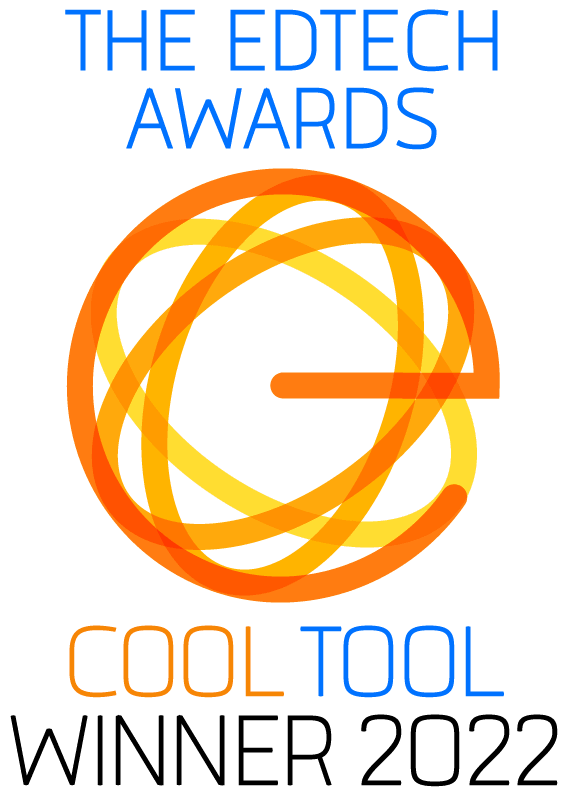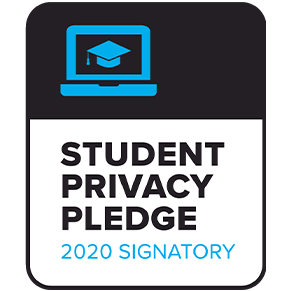Marzano Strategies
Robert J. Marzano is co-founder and CEO of Marzano Research Laboratory in Englewood, Colorado. A leading researcher in education, he is a speaker, a trainer, and an author of more that 30 books and 150 articles on topics such as instruction, assessment, writing, and implementing standards. In his book, Classroom Instruction That Works (2001), Marzano and his colleagues, Debra Pickering and Jane Pollock, identify nine strategies most likely to improve student achievement across all content areas and across all grade levels. The DBQ Project units address all nine of Marzano’s recommended strategies.
1. Identifying similarities and differences
Fundamental to all DBQ Project units is the organizational task of grouping documents into analytical categories. We have come to call these categories buckets. When students establish buckets, they are figuring out similarities (Why do these documents belong in the same bucket?) and differences (How does this bucket of documents differ from that bucket of documents?). Marzano’s research also reinforces our bucketing strategy, and its sidekick, the chickenfoot because graphic forms are a good way to understand similarities and differences. As students classify their documents as similar or different from each other, their ability to see nuances in an argument develops.
2. Summarizing and note taking
DBQ Project materials encourage students to take notes and derive main ideas from what they read. Our suggested note taking methods vary depending on the level of scaffolding a teacher is using. With maximal scaffolding, students are guided with questions to help them find what is essential in challenging documents. With the minimal scaffolding, students use a template that helps them differentiate between facts and inferences and which guides them back to the question at hand. In all cases, students write in their own words seeking to expose what is essential in each document. Note taking is integrated into every phase of The DBQ Project Method from the Hook Exercise, to Clarifying the Question, to Close Document Analysis. Then, as students recognize which documents match other documents thematically, they build evidence for the body paragraphs in their essays. Marzano’s research indicates that students learn more when they take productive notes. The DBQ Project could not agree more!
3. Reinforcing effort and providing recognition
Marzano’s research demonstrates that students tend to succeed when they are recognized for exerting effort, especially if their effort results in improved performance. DBQ Project materials and The DBQ Project Method offer teachers many opportunities for formative and summative assessment that can serve as a basis for recognizing student efforts and progress. Because the DBQ Method is both individual and collaborative, teachers have opportunities to work one on one with students, to work with small groups of students, to openly critique groups of students who are presenting ideas to the class, and to hone students’ skills in peer evaluation. Because our expectations are clear and consistent, students know what they need to do. Clarity is important. It sets kids up to succeed and gives teachers a chance to acknowledge that success.
4. Homework and practice
Marzano’s research indicates the importance of practice and setting aside time to accommodate practice periods when students are learning difficult concepts. The DBQ Project recognizes this and encourages teachers to provide students with regular opportunities to practice document analysis and argumentative essay writing. We believe that students must be guided and instructed carefully on the core skills of document analysis and writing. After the initial training, document analysis and writing practice should take place in the classroom where teachers can offer support and tailored instruction. However, teachers should expect students to gain confidence, independence, and speed as they practice the core skills in The DBQ Project Method. Many teachers who work regularly with our DBQs and Mini-Qs assign document analysis and categorization homework once students understand what these skills entail. Writing and thinking are challenging work worthy of the time spent. Students do progress when they have an opportunity to practice and develop their skills.
5. Non-linguistic representations
Research shows that knowledge is stored in both linguistic and visual forms. The more students use both forms in the classroom, the more opportunities they will have to achieve. Recently, use of nonlinguistic representation has proven not onlyto stimulate but also to increase brain activity (Marzano). The DBQ Project’s DBQs incorporate photographs, paintings, cartoons, maps, charts, and graphs as part of the source materials students analyze to answer questions. Not only do these images allow non-verbal access to critical thinking for language learners, Marzano’s research indicates they increase brain activity for everyone in the class. The DBQ Project also uses graphic organizers to help students organize a mixture of visual and textual evidence. Our trademark buckets and Chickenfoot help students organize ideas into coherent essays.
6. Cooperative learning.
Research shows that cooperative learning has an overall positive effect on student learning. Too often, writing and thinking about writing takes place alone without the possibility of collaboration. By contrast, DBQ Project materials encourage students to discover evidence and test their hypotheses with peers before they begin to write. During the hook exercise, students get a chance to work together to unpack vocabulary, to rank priorities, and to explore their attitudes and beliefs about real life questions. During the document analysis phase of the DBQ Method, we encourage teachers to organize students into small groups to read and analyze primary and secondary source documents and to present their findings to the class in an organized presentation. During the “Thrash Out” students get a chance to take sides in a debate style discussion. This helps students clarify their ideas by verbalizing them and listening to others. Before students write, they work together to identify analytical categories and to classify specific documents accordingly. Even the writing itself can be done collaboratively as long as the groups are small and students know the elements of a proficient essay.
7. Setting objectives and providing feedback
Marzano’s research suggests that setting goals for students is crucial but those goals need to be adaptable to students’ own curiosity and interest. Since DBQ Project materials consist of authentic primary and secondary source materials and since the questions are written to allow various judgments to influence the answer, all the questions can be answered correctly in a variety of ways. The elements of a strong body paragraph — a baby thesis, evidence and argument — are non-negotiable standards, but the evidence a student chooses and the argument he makes to support it are his own. This is the type of flexible standard Marzano is advocating. In terms of feedback, students need to receive formative feedback to ensure that their classification of evidence and the logic of their argument is consistent with the historical record and the collection of documents in hand. Students can even begin to provide feedback to their own peers. When the student writer is clear about what to write, and the peer reader is clear about what to look for, meaningful peer evaluation can occur.
8. Generating and testing hypotheses
Our questions can be answered correctly in a variety of ways. Primary and secondary source documents provide evidence, but reasonable interpretations of the evidence can vary widely depending on definition of terms or values students hold. Therefore, students generate a possible answer to the question before they begin analyzing the provided documents. As they read and analyze the historical documents, they test their hypothesis to see whether the evidence supports or challenges it. The writing component of our program requires students to thoroughly justify and support their hypothesis with evidence in a way Marzano endorses.
9. Cues, questions, and advance organizers
Marzano’s research proves that students need ways to link their previous knowledge with new skills and ideas they are about to learn. These links should be analytical and should focus on what is essential in the body of knowledge students are trying to access. All DBQ Project units begin with a hook exercise to accomplish just what Marzano suggests. All the hook exercises are designed to peak student interest and to bridge their old knowledge with what is to come. For example in the question “How Great was Alexander the Great?” students must grapple with what it means to be “great” before they look at any documents or read about the great Macedonian leader. Without knowing what he or she means by great, a student cannot answer the question. For the question “What was Harriet Tubman’s Greatest Achievement? students learn code words that Tubman used as she organized the Underground Railroad and then they practice using them to decode a quote from Tubman’s journal. The purpose of this hook is to build student vocabulary, open questions about the need for a code language, and thereby prepare students for more complex subjects to come. In less than a class period, students learn the cues and questions that will help them organize an answer to an important question in history.


